How to plant a chestnut so that the fruit grows into a full-fledged tree
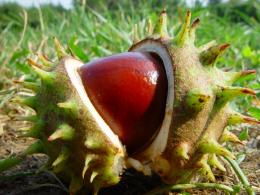
Chestnut is a medium-sized tree from the beech family.
Grows in mid-latitudes, loves warmth and moderate climatic conditions. A beautiful spreading crown and candle-shaped inflorescences determine tree planting in parks and alleys along roads.
Chestnuts are propagated by seed, and planted with both seedlings and fruits. The tree is frost-resistant and not fussy about air purity, so it grows well even along highways.
Content:
- How to plant a chestnut from a fruit
- How to plant a chestnut from a seedling
- How to properly care for a planted chestnut
- Application and medicinal properties of chestnut
How to plant a chestnut from a fruit
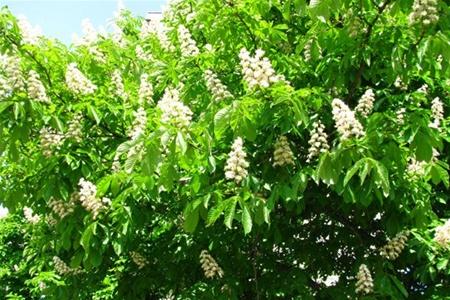
Chestnut seeds or fruits that ripen in early autumn will become excellent seedlings if they are planted correctly in the ground. Like the plant itself, its fruits are not pretentious and germinate well.
But most of all they like leached loamy chernozem soils. You can plant chestnut seeds in autumn and spring, let’s look at them separately. how to plant chestnut during these periods.
Planting a chestnut from a fruit in the fall
The ripe fruits that have fallen from the tree are collected, placed in a box and covered with sand. After this, the box is placed in a cold place.
This could be a basement or a refrigerator. The approximate temperature regime for such exposure is about +6 degrees. Fruit hardening is carried out over two weeks. Having chosen a day for planting, furrows are made in the soil and watered abundantly.
The fruit is planted at a distance of up to 6 cm in depth and 12-14 cm from each other. Then lightly sprinkle with soil and cover with dry grass or leaves. Such a pillow will help the fruits endure the frosty winter more easily. In the spring, all that remains is to thin out the sprouts, leaving the most powerful ones.
How to plant chestnut from fruit in spring
When planting in spring, the fruits collected in the fall should overwinter and fall into fertile soil in the spring. But in order for them to grow into high-quality seedlings, the seeds should be stored in certain conditions.
Folded into a box and sprinkled with sand, they are sent to the cellar for the whole winter. 5-6 days before planting, the planting material is removed from the box and immersed in warm water. This will help the embryo form and sprout quickly. The soil is prepared as for autumn planting.
Considering these two methods, it should be noted that the spring method is more in demand. After all, autumn fruits can be damaged by rodents or frost.
How to plant a chestnut from a seedling
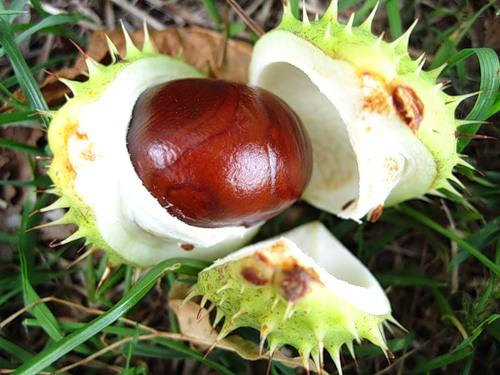
Planting chestnut from a seedling, you should know that no other trees or shrubs should grow around it, at a distance of 3 meters. Otherwise, you won’t be able to admire the beautiful, luxurious crown and get high-quality fruits.
For planting, you can use both annual plants and two, three and five year old plants. We prepare a hole, the length, depth and width of which should not be less than 60 cm, and from the dug up soil, added humus, sand and fertilizers we make a mixture, which we will subsequently sprinkle the rhizome with.
We cover the bottom of the dug hole 12-14 cm with drainage made of crushed stone or pebbles and sand. Pour the prepared soil-humus mixture on top of the drainage and water it generously.
After this, we plant by compacting the soil. We make an embankment on the surface; during the process of natural shrinkage, it will become equal to the surface of the earth after some time.
Upon completion of planting, water the plant with water at room temperature. During the growth process, you should place a support near the seedlings to avoid them breaking in strong winds and bad weather. Chestnuts can be planted in this way both in spring and autumn.
How to properly care for a planted chestnut
In order for a tree to fully grow and develop, it requires specific care. Let’s say right away that it will not be a burden, because the chestnut itself is unpretentious.
In the summer, this means monthly loosening of the soil surrounding the trunk and watering. If precipitation is regular, then the seedlings do not require additional water supply, since they have an extensive root system capable of extracting moisture from the depths of the earth.
Using organic compost and one-time watering with a universal fertilizer composition, which can be purchased at any garden department, will significantly nourish the rhizomes and the entire tree.
It is better to carry out this procedure in early spring. And the formation of a beautiful, wide crown will be facilitated by pruning the upper branches of the tree to a quarter of the entire length.
Application and medicinal properties of chestnut
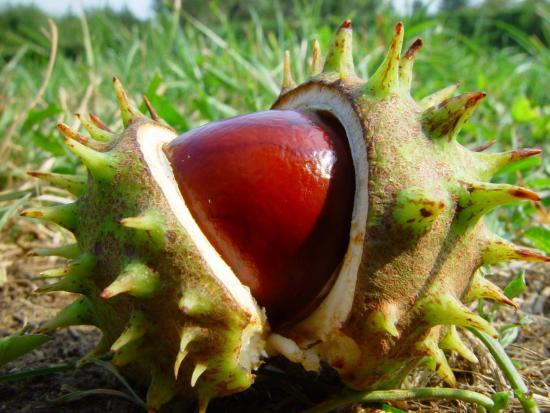
In addition to aesthetic inspiration and the use of chestnut for landscaping in landscape design, it is eaten, used in traditional and folk medicine for treatment, and is also used as cosmetic products in the form of decoctions and masks for hair and skin.
But before considering the beneficial properties of chestnut, you need to know the classification of this tree.There are several types of them, but all types can be divided into two: horse and noble.
The first has many useful properties, and the second is used as food.
Horse chestnut has analgesic, antithrombotic and venotonic properties.
Therefore, it is used in the manufacture of ointments and infusions that accelerate blood flow in the veins, promote blood clotting, and prevent the formation of blood clots.
Powder products made from chestnut fruits are used for respiratory diseases, and they are also used by traditional healers as a wound-healing drug.
This treatment is possible due to the high content of tannins in the fruit. Tinctures and decoctions from chestnut inflorescences are used for dysentery, and are also used as cosmetic products.
They help get rid of inflammation, swelling and irritation on the skin. They are used to make moisturizing and rejuvenating masks and decoctions.
The leaves of the tree are used to eliminate uterine bleeding. Alcohol tinctures are used for cardiovascular diseases, liver diseases, tuberculosis, arthrosis, joint diseases, and digestive disorders.
Thanks to the beneficial properties and excellent aesthetic features of chestnut, many residents of country houses decide to grow it on their property.
In addition, this is an excellent way to earn money, since 2- and 3-year-old plants are not cheap, and the demand for them is great.
Video recommendations for those who want to grow chestnuts:
Interesting information about the vegetable garden


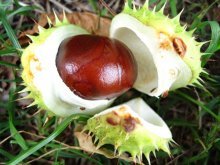
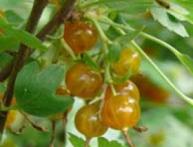
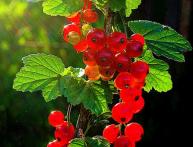
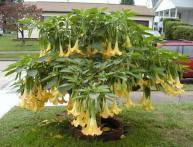
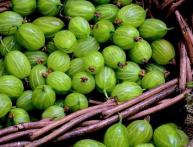

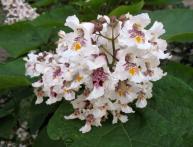
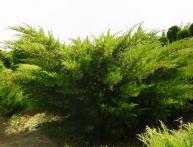
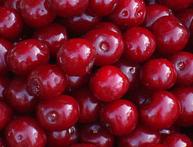
Comments
Several times I had to plant chestnuts myself, they were always seedlings.But why do chestnuts grow worse from fruits? I dug up the soil under these trees in my garden many times, and the fruits were also buried, but there was no new growth in the spring.